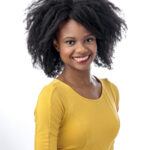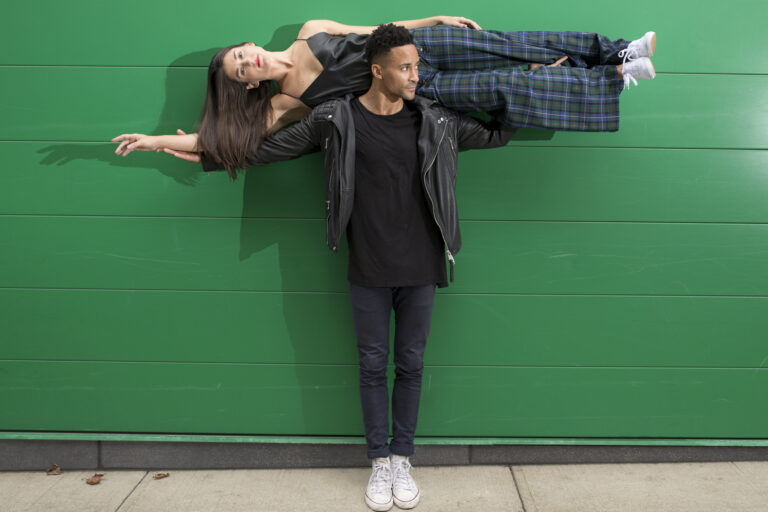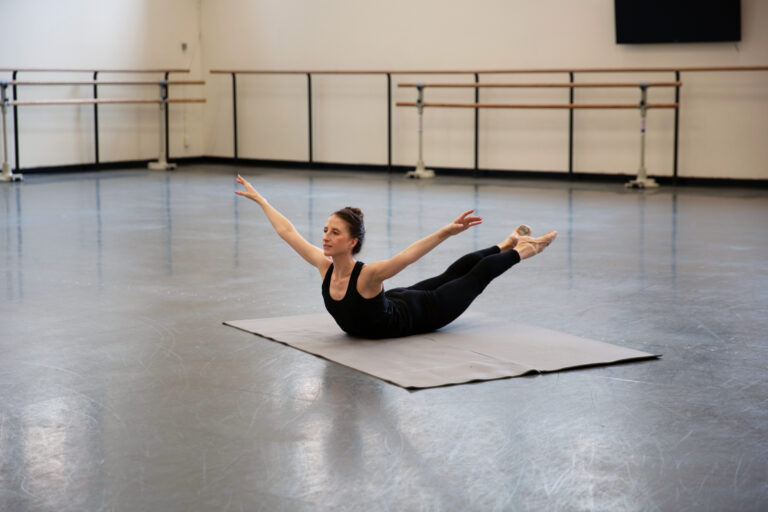
When Anya Katsevman found salsa dance, she brought her stage presence, technical expertise, and educational insight as a multiple-time International Latin ballroom champion and teacher. Having competed since childhood and toured with Dancing with the Stars and Burn the Floor, social dance introduced her to a new world of movement.
Katsevman felt a newfound sense of freedom and individuality after trying salsa while teaching ballroom at DanceSport in Manhattan (now permanently closed). In 2009, she and her then-partner Luis Aguilar won their first world salsa championship and successfully defended their title the following year.
Since then, Katsevman has taught over a dozen world champions. Her teaching philosophy involves cultivating a sense of flow in her students’ movement to help them deepen their artistry and express themselves to the fullest.
“For me, dancing is a relationship with the divine in whatever way that speaks to you,” says Katsevman. She emphasizes dance’s ability to communicate beyond the limits of words. “The dancer should focus on the sensory capacity of the body: what they see, what they hear, what they feel physically as they’re moving from one motion to the next,” she says. “When they can do that, the movement is really clear.”
The fluid transfer of weight is essential to any Latin dance, including salsa. “If anyone wanted to teach or learn Latin dancing, the thing to focus on to make everything easier would be weight transfer,” Katsevman says.
But the process, which involves using the legs and feet to move the body from leg to leg while creating a rhythm, can be challenging for beginners. “When people start Latin dance, they have a hard time with partnering and rhythm because of the movement of the joints in the middle of the body, and the weight being transferred,” she says, referring to the coordination of the feet to create movement in the hips, rib cage, and spine.
The weight transfer is what enables a couple to dance together, but it can also be practiced alone as part of the larger concept of creating connection. “Connection is not necessarily about contact,” Katsevman says. “There’s a relationship between you and the floor, you and the space that you’re in, and you and your music. There’s also a relationship between you and your body, and when you allow yourself to be fully present for that relationship, you execute fully.”
Contra body movement, a concept commonly used in salsa and ballroom dance, involves stretching the hips in opposition to the ribs. Why does she focus on flow? “Because generally, we have a tendency to force both sections in opposite directions, which doesn’t actually create fluid movement,” says Katsevman. “Therefore, it won’t allow you to sustain it continuously to music, especially when circumstances like speed or choreography get more intense.”
Your frame of mind is also important. Prioritizing the outcome of your dancing can inhibit a sense of flow, potentially increasing anxiety and making your dancing mechanical. “When we’re trying to deliver while we’re in that hustle-culture, let’s-get-to-the-end-result mindset, we miss so much detail,” she says.
For her Dance Teacher+ Lesson Plan, Katsevman demonstrates a freestyle salsa combination applying the principles of flow and contra body movement.
Step by Step
Step 1: Release your body weight into the floor, settling onto one leg. “When I do that and I focus on the sensation, I can feel that my body will naturally push the hip slightly sideways,” says Katsevman.
Correct placement:

Incorrect placement:
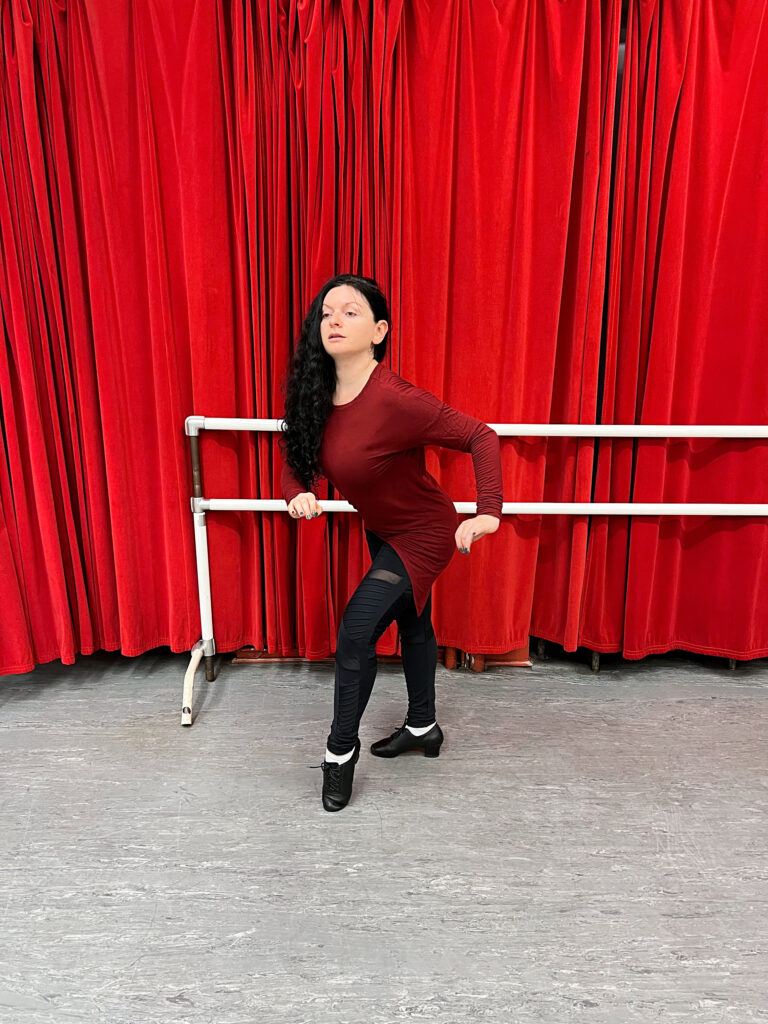
Step 2: Repeat this movement to each side.
Throughout these steps, focus on the action instead of the end result. “Within this place, I’ve created opposition, which then allows me to have lots of rhythm in my body. It is very different from forcing the picture to occur,” Katsevman says. “I get a lot more movement out of my body and a much more coordinated, better-looking product.”
Correct placement:

Incorrect placement:
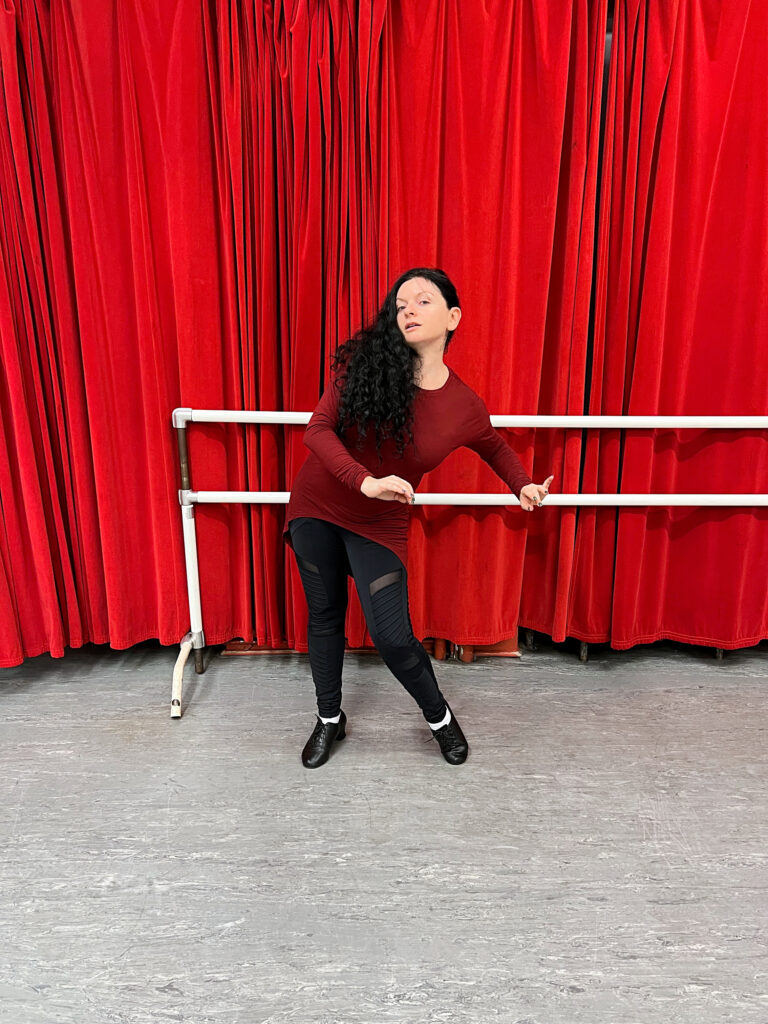
Watch the full movement-study sequence below:
